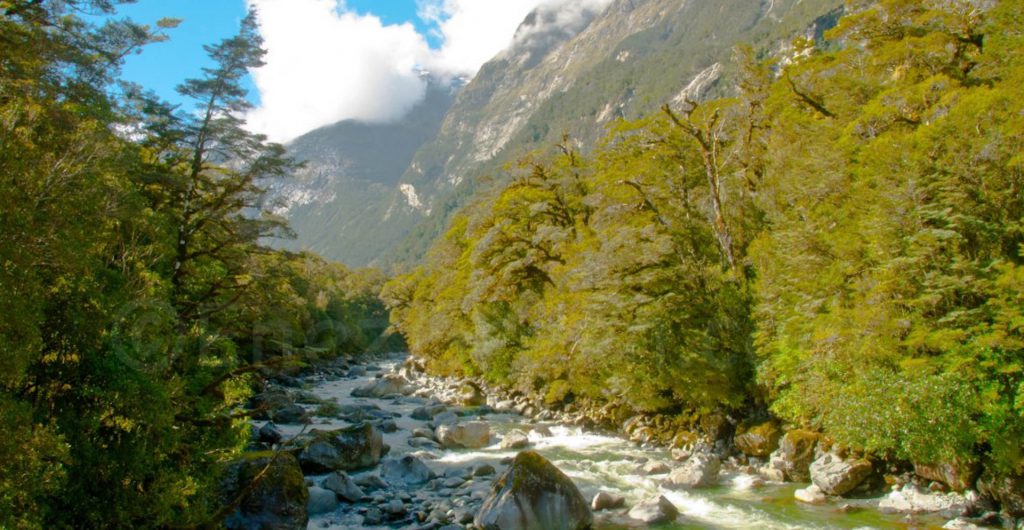A 80% electricity from renewable sources
Genesis Energy has announced the closure of the last two units of electricity generation in coal New Zealand in December 2018.
When production of coal units were at their peak in the 2000s, the central Huntly operated up to 3 million tonnes of coal a year and rejected 5,000 kilotonnes of CO2 in the atmosphere, or 5% of emissions countries.
Without following any particular legislative requirement, the company justified the arrest by the fact that the conditions were met: investments in their network connection, slow growth in electricity consumption of households and enterprises and the development of renewable energies.
In 2012, according Observ’ER, these green energy resources have produced 71.5% of the electricity used by New Zealand households. A share that is shared hydroelectricity (51.5% of the electricity mix), geothermal (14%), wind power (4.6%) and biomass (1.4%).
Geothermal energy has enabled the country to rise to 80% renewable electricity in 2014
Because of the geological feature of its territory, New Zealand was one of the pioneering countries in the exploitation of geothermal energy on a large scale. Launched in 1958 with the installation of the first plant on the North Island, the geothermal industry has known for 90 years strong growth making it the fastest growing renewable sector.
In 2014, electricity production from geothermal exceeded the production of electricity through gas, and this is mainly thanks to the development of this sector that New Zealand has increased from 70% renewable electricity in its power mix in 2012 to 80% in 2014.
An exemplary transition should enable the country kiwi to reach the ambitious target of 90% renewable electricity supply in 2025.




